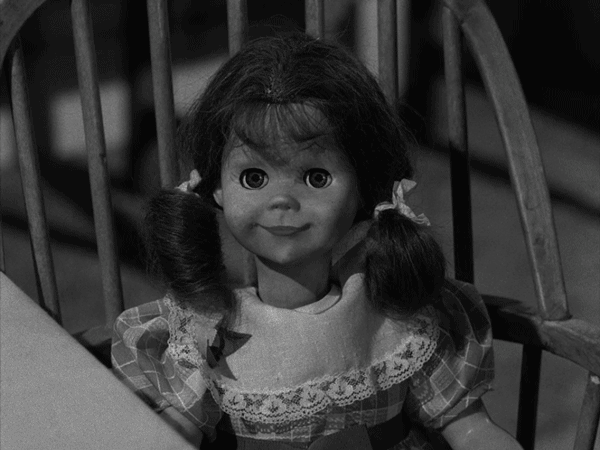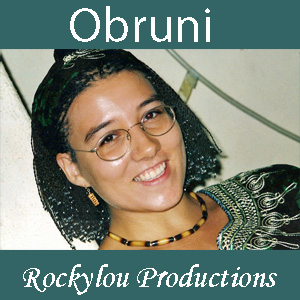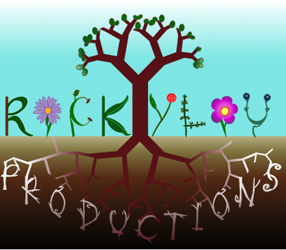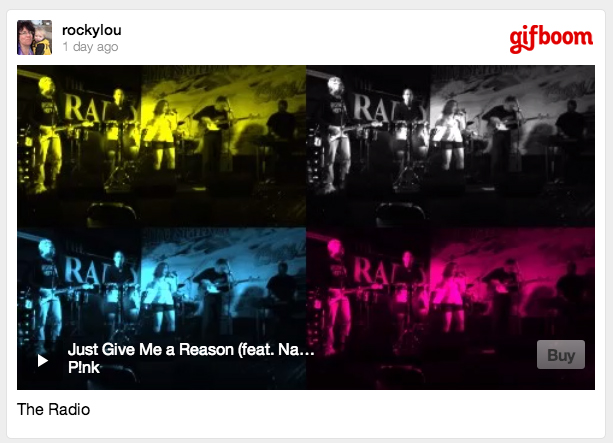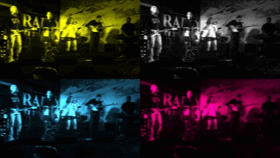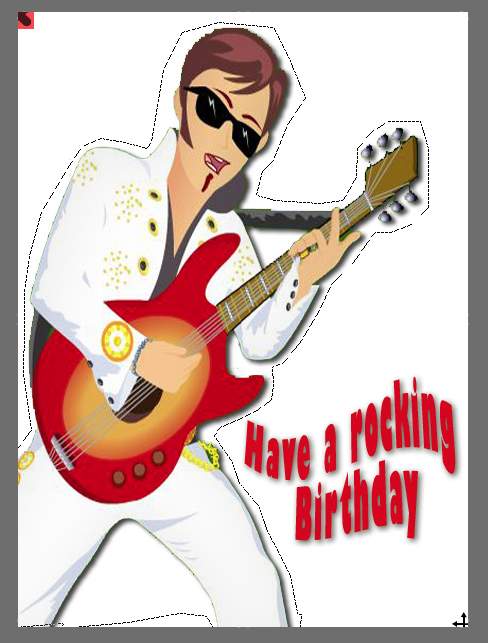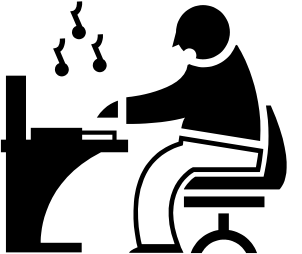On EP32 of the DS106zone LoDown, Alan Levine talked about how it was just as meaningful to him to know why we chose to do something as well as how we did it. Since I’m not formally trained in this area, I do a lot of my work by intuition and trial & error. This project was no different. I had three early posts of self-reflections that I could use as my base material. And as the case with anything I’ve created for this course, there was a very limited time-frame in which to finish the project. Here’s what went through my head producing DS106zone LoDown #33.
 Kelli’s file provided a number of challenges. First off, she had forgotten to tell SoundCloud to allow downloads. But thanks to a tip from Christina Hendricks, I figured out how to use SoundFlower with my GarageBand software to record Kelli’s audio self-reflection directly onto my computer while I played it on-line. Unfortunately, I also had to deal with a sound level that was extremely low and there was a noticeable hum that only became more pronounced as I tried to boost the volume. I’d appreciate any advice on how to remedy this situation more easily than my trial and error attempts using various GarageBand effects until I found a combination that seemed to work well enough.
Kelli’s file provided a number of challenges. First off, she had forgotten to tell SoundCloud to allow downloads. But thanks to a tip from Christina Hendricks, I figured out how to use SoundFlower with my GarageBand software to record Kelli’s audio self-reflection directly onto my computer while I played it on-line. Unfortunately, I also had to deal with a sound level that was extremely low and there was a noticeable hum that only became more pronounced as I tried to boost the volume. I’d appreciate any advice on how to remedy this situation more easily than my trial and error attempts using various GarageBand effects until I found a combination that seemed to work well enough.
Once I had all three files loaded into GarageBand the real work began. As usual, I wanted more of a challenge than simply stringing the files together as-is. My initial attempts to have them commenting back and forth on similar themes didn’t work. So, I decided to stick with each person talking solo using soundbite length clips to tell their individual story instead.
Next, I wanted an audio background track. Sampling of stuff I had easily available on my computer lead me on a search for the right track in order to enhance the individual reflections and the overall theme/mood I wanted for the finished podcast. I tried various ambient sounds I had on hand recorded from my backyard, but none of them sounded right. Did I want serious? Did I want moody? Or Twilight Zone eerie? Oh my… some of those just didn’t work at all. The bluegrass, ramblin’ theme I finally chose came about because I had a few similar sounding music tracks from past projects that I knew worked together, and they fit well with the Rockylou-On-The-Road story arc I’d been using.
This is where I took a real risk. Instead of editing the small soundbite clips so that they gave the illusion of a natural continuos flow of conversation, (Which was going to be a particular challenge with both Kelli’s and Bill’s audio.) I opted to make each transition very obvious and pronounced. That lead me to going even a step further by synching the clips to the rhythm of the music. I like this effect here. There’s no trying to mask anything, and I feel it punctuates that these are the highlights. I’m curious as to how others perceive this staccato effect. Any and all comments are most welcome.
Next hurdle? Adding my intro narration. I wanted to use a soundtrack under my voice chosen from music I had personally recorded of my singing and playing guitar. Landslide is one of my signature songs. [Listen] The finger-picking style I use on my 12-string guitar lends itself well to the banjo picking of the other music used under the self-reflections. AND … this was one of those serendipitous bonuses I’ve talked about before…. the lyrics “I saw my reflection in a snow covered hill…” fit perfectly with the theme of the entire podcast. YIPPEE!!! As a matter of fact, if you listen close enough you can hear other lyrics match up with the speaker as well. Like when Claire talks about getting her act together the Landslide lyrics chime in with, “when children get older.” Cool, huh?
The placing of my narration and background music took some careful thought. I felt a need to break up and differentiate movement from one speaker to the next. But having narration as well as my music between each speaker, was too choppy and distracted the listener from the real purpose of the podcast – to hear the self-reflections of our class mates. I liked how Christina in Wednesday’s episode of the LoDown used background music in the beginning and end, and her solo voice with the personal narration in-between. That seemed to work well here too.
 So that’s how LoDown podcast EP33 came to be. And while I still have you here…I’d like to learn more of the technical tools of creating a good podcast instead of relying so heavily on trial and error. I’m sure some of you can point me in the right direction. Thanks!
So that’s how LoDown podcast EP33 came to be. And while I still have you here…I’d like to learn more of the technical tools of creating a good podcast instead of relying so heavily on trial and error. I’m sure some of you can point me in the right direction. Thanks!



